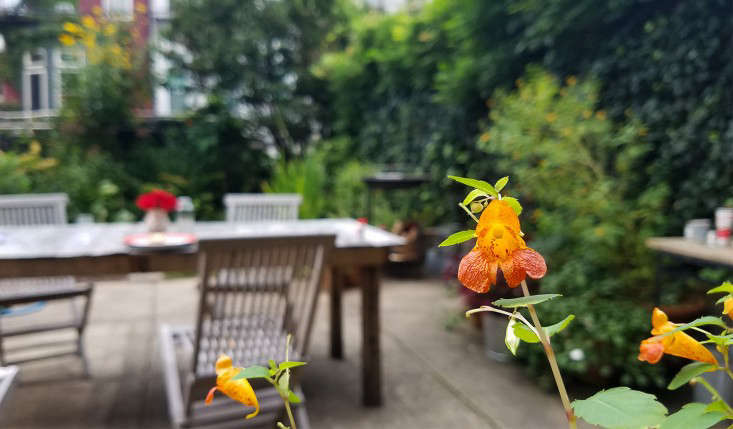Why do flowers go in and out of fashion? In the 18th century, German botanist Johann Gottfried Zinn received a shipment of Asteraceae seeds from Mexico that locally had been considered an ugly weed. In Europe their reputation fared better; Carl Linnaeus dubbed them “zinnias” after Zinn, who died young. Two centuries later, the reliably colorful flowers of Zinnia elegans were so popular in the United States that the introduction of a new variety caused a sensation at flower shows.
Today, however, the crayon colors of common zinnias are more likely to find their way into a farm stand bouquet than your neighbor’s beds of prize heirloom flowers. But not all zinnias are created equal. Our resident florist, Sophia Moreno-Bunge, found some impossibly pretty Zinnia haageana flowers that deserve a spot in any garden:
Photography by Sophia Moreno-Bunge for Gardenista.


After the renowned experimental horticulturalist died in 1926, all of America went into mourning for the man who had given the world the plumcot, the white blackberry, and the blight-resistant potato (created to fight famine in Ireland). Schools were closed in honor of Burbank’s passing, newspaper editorials bemoaned the loss of a great plant wizard, and his fox terrier lay under his master’s coffin for three days without eating.

The answer, it turned out, was in a rusted iron-bound trunk in which Burbank had squirreled away special seeds he’d collected over the years. A few years later, seedsman David Burpee bought the trunk, opened it, and found zinnia seeds.









For more of Sophia’s floral arrangements, see Florist in Residence: My Two Months at Villa Lena in Tuscany.
For more flowers that deserve a second chance, see:
- Gladiolus: Rethinking a Funeral Flower.
- Carnations: Rethinking a Supermarket Flower.
- Anthuriums: Rethinking a Hotel Lobby Flower.
Finally, get more ideas on how to successfully plant, grow, and care for zinnia with our Zinnia: A Field Guide.
Interested in other annuals for your garden? Get more ideas on how to plant, grow, and care for various annuals with our Annuals: A Field Guide.








Have a Question or Comment About This Post?
Join the conversation